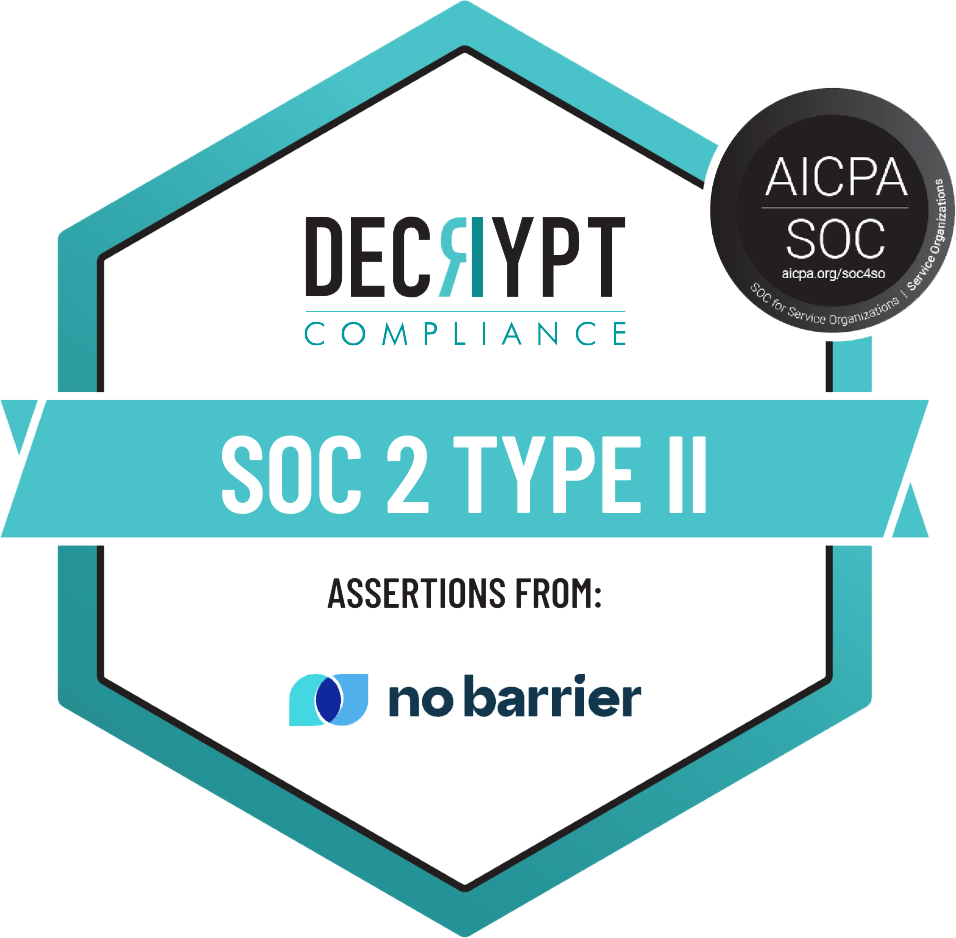FAQs
Can AI interpretation support complex medical conversations?

Yes. Healthcare-trained AI interpreters are designed for clinical accuracy, handling advanced medical terminology, diagnostic discussions and consent processes. Unlike generic models, these systems adapt to clinical workflows, ensuring both safety and liability protection.
How does No Barrier AI’s speech-to-speech technology support clinical workflows?

Our real-time, speech-to-speech interpretation eliminates the need for staff to press buttons or navigate menus. In environments like ED triage or bedside discharge, this hands-free design reduces friction, speeds up communication and minimizes clinical errors tied to language gaps. The patient and encounter speak freely and the AI interpreter instantly interprets.
What makes No Barrier AI different from generic AI interpreters?

We are built for healthcare, not just language services. Core differentiators include:
- Dialect detection for regional accuracy (Puerto Rican vs. Mexican Spanish).
- HIPAA-aligned, privacy-first deployments to protect PHI: no data retention.
- 30+ medical-grade languages and dialects with AI with expanding coverage.
- Workflow fit: designed for real-time use in EDs, clinics and inpatient care.
Why is this Slator recognition important?

Slator follows the language AI industry closely. Being named in their “50 Under 50” list shows that our work is making a real impact in interpretation, not just in tech. It’s independent confirmation that our solution is built to deliver the expected interpretation results, especially in healthcare.







%201.png)